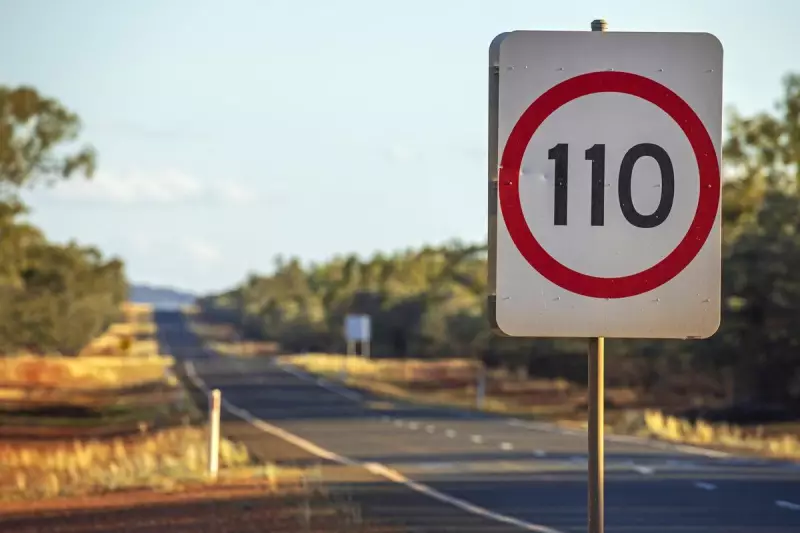
In a compelling argument that challenges current road safety orthodoxy, prominent Western Australian commentator Julie Freeman has declared that investing in better road infrastructure represents a more effective solution to reducing fatalities than simply slashing speed limits.
The Infrastructure Solution Over Speed Restrictions
Freeman's analysis comes amid ongoing debates about how to best address road trauma across WA. While many authorities default to lowering speed limits as their primary safety measure, Freeman contends this approach often misses the mark.
'We're focusing on the wrong solution,' Freeman asserts. 'Instead of punishing drivers with increasingly lower speed limits, we should be fixing the actual roads they're driving on.'
Why Better Roads Deliver Superior Results
The road safety expert outlines several key reasons why infrastructure improvements outperform speed restrictions:
- Well-designed roads naturally encourage safer driving behaviour
- Proper maintenance reduces unexpected hazards and surface dangers
- Modern road engineering can compensate for human error
- Quality infrastructure benefits all road users, not just motorists
The Economic Argument for Infrastructure Investment
Freeman makes a compelling economic case, suggesting that while infrastructure projects require significant upfront investment, they deliver long-term savings through reduced accidents, lower emergency response costs, and decreased economic disruption from road closures.
'When we calculate the true cost of road trauma - including emergency services, hospital care, lost productivity, and the human tragedy - investing in better roads becomes not just a safety measure, but an economic imperative,' she explains.
A Balanced Approach to Road Safety
While not completely dismissing the role of appropriate speed limits, Freeman advocates for a more nuanced approach that considers road quality, design standards, and actual risk factors rather than applying blanket reductions.
'Some roads genuinely need lower speed limits, but many simply need better engineering and maintenance,' she notes. 'We need to stop treating speed as the universal villain and start addressing the actual conditions people drive in.'
The Path Forward for WA Roads
Freeman's perspective offers a fresh direction for Western Australia's road safety strategy, suggesting that redirecting resources toward infrastructure upgrades could yield better outcomes for both motorists and the broader community.
As the debate continues, her voice adds crucial balance to discussions about how to genuinely make Western Australian roads safer for everyone who uses them.





